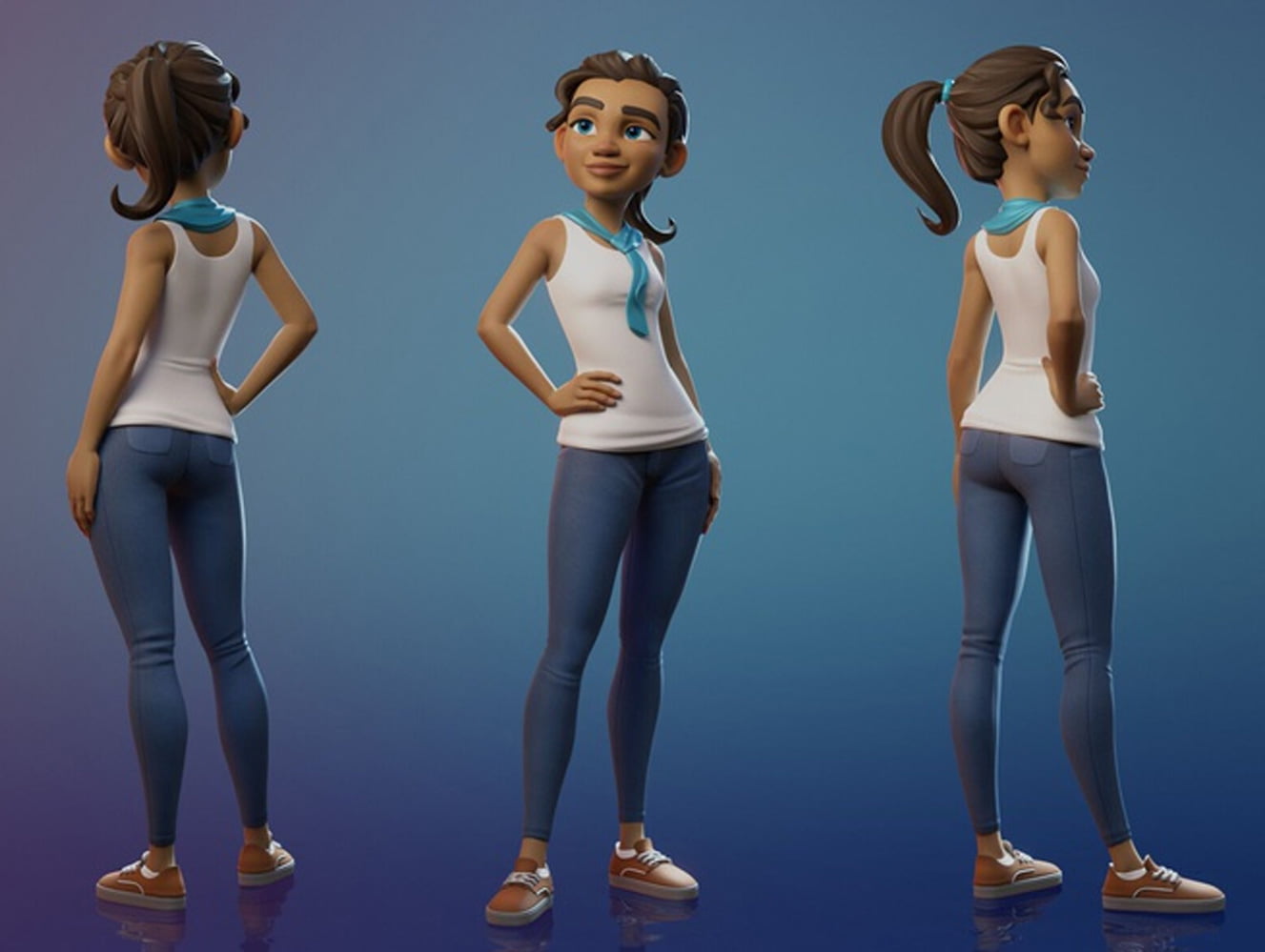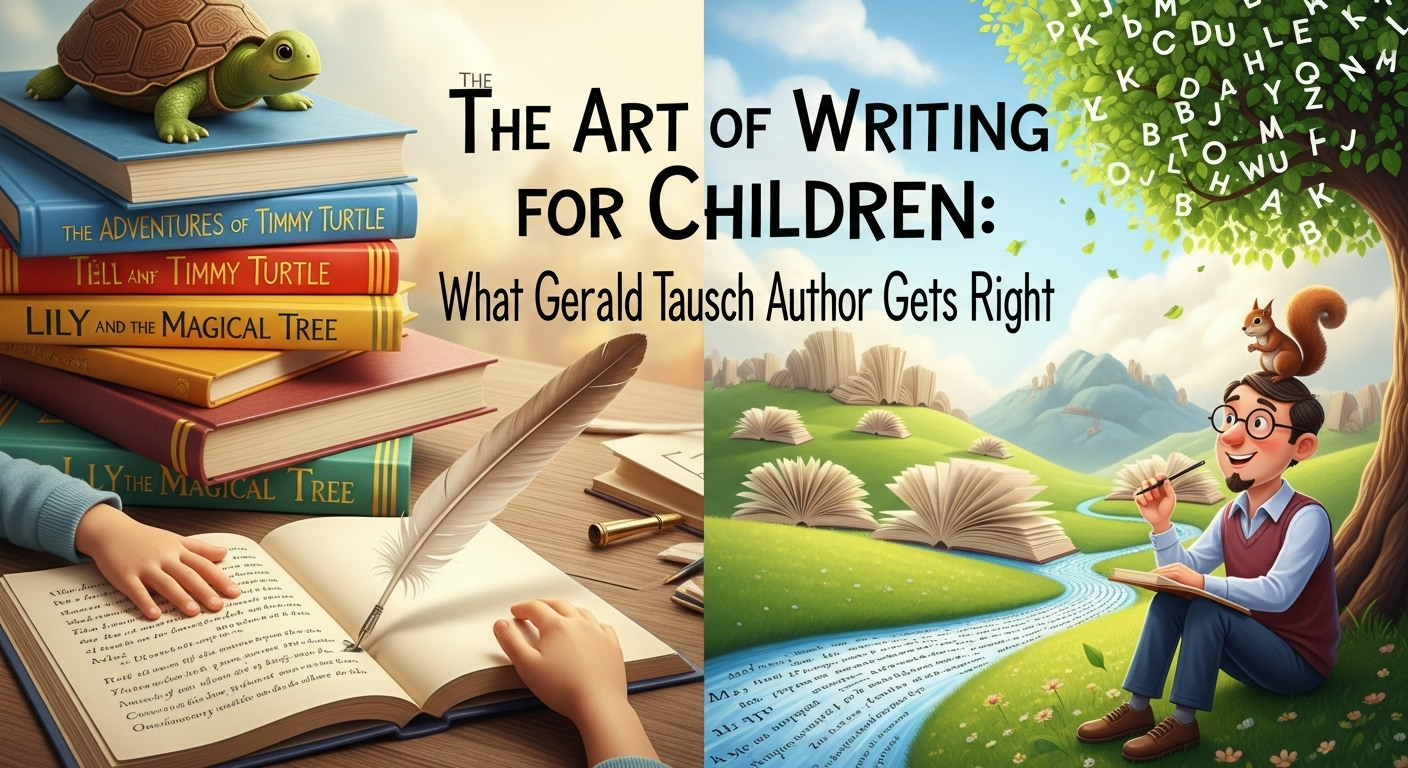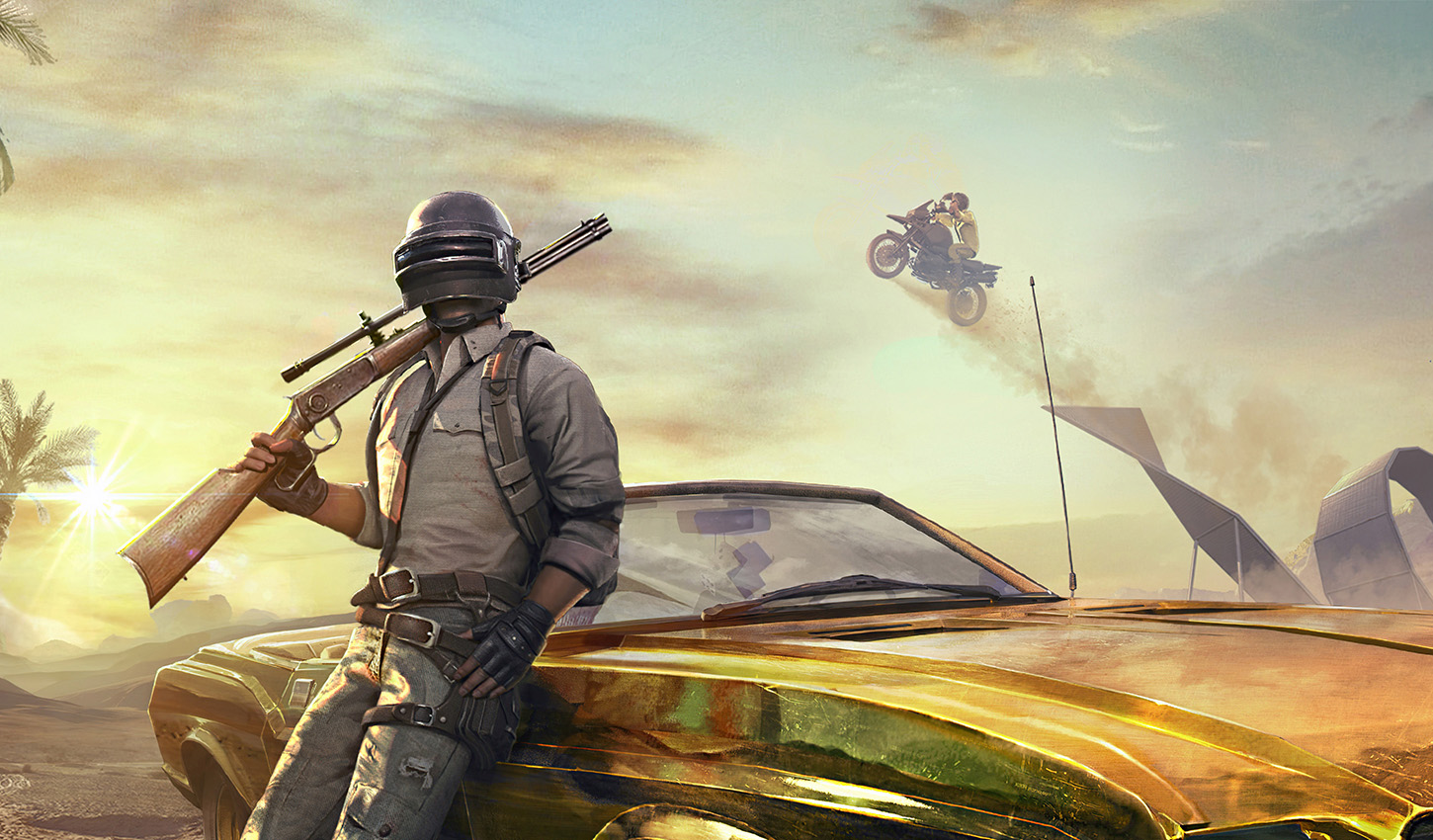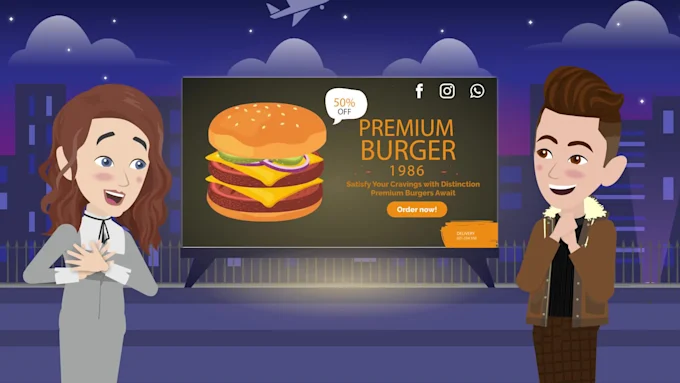Animation has always been a magical blend of art and technology. From the earliest hand-drawn cartoons to the immersive 3D worlds of today, it has evolved into one of the most powerful storytelling mediums. But even in an age dominated by advanced software and photorealistic graphics, 2D animation continues to hold a timeless appeal.
Whether it’s in films, advertisements, or a simple Explainer video, the art of 2D animation connects with audiences in a way that is both nostalgic and modern. This article takes you on a journey “from sketch to screen,” highlighting why 2D animation remains relevant, how it compares to 3D animation, and why businesses still prefer the charm of a 2D animated explainer video.
The Origins of 2D Animation
2D animation has roots going back more than a century. Early pioneers like Walt Disney and Max Fleischer brought static drawings to life by painstakingly drawing frame after frame. These traditional hand-drawn animations laid the foundation for classics such as Snow White and Mickey Mouse.
While today’s 2D animation is mostly digital, the heart of the process remains the same: storytelling through drawings, shapes, and movements that flow together seamlessly.
How 2D Animation Works – From Sketch to Screen
The process of creating 2D animation is both artistic and technical. Here’s how it usually unfolds:
- Concept and Storyboarding
- Everything starts with an idea. Animators draft a storyboard to visualize the narrative, characters, and flow.
- Character and Background Design
- Characters are sketched, refined, and designed to match the project’s tone. Backgrounds set the stage for the story.
- Keyframes and In-Betweens
- Animators draw the main poses (keyframes) first, then fill in the transitions (in-betweens) to create smooth motion.
- Digital Animation Tools
- Today, software like Adobe Animate, Toon Boom Harmony, or After Effects is used to digitize sketches and bring them to life.
- Final Rendering
- Colors, sound effects, and motion refinements are added before the animation reaches its final form.
This process may sound simple, but it requires creativity, patience, and skill to transform sketches into captivating stories.
2D vs 3D Animation – The Key Differences
While both 2D and 3D animation serve the same purpose of storytelling, their execution and impact differ greatly.
2D Animation:
- Flat, hand-drawn or digital visuals.
- Faster production and more affordable.
- Best for storytelling, education, and simple product presentations.
3D Animation:
- Involves depth, realism, and complex modeling.
- Time-intensive and more costly.
- Works best for high-end projects, games, films, or product simulations.
When choosing between them, businesses often ask: which one works better for my goals? For marketing and communication, 2D often emerges as the winner because it’s direct, engaging, and cost-effective.
Why 2D Animation Still Shines Today
Even with the rise of 3D, 2D remains highly relevant. Here’s why:
- Simplicity – 2D animation distills messages into clear visuals without overwhelming the audience.
- Timeless Appeal – From cartoons to ads, people connect with 2D styles emotionally.
- Affordability – It’s easier on budgets, which makes it perfect for startups and small businesses.
- Flexibility – Works for different tones: professional, playful, or corporate.
This combination of benefits makes 2D the go-to format for educational videos, social media ads, and marketing explainers.
Explainer Videos and the Role of 2D Animation
An Explainer video is one of the most popular uses of animation in today’s digital marketing world. These short, engaging videos help businesses break down complex products or services into simple, relatable stories.
Why does 2D work so well for explainer videos?
- Visual Clarity – 2D visuals simplify complicated topics.
- Storytelling Power – Narratives paired with characters make the message memorable.
- Cost-Effective Marketing – Brands can create high-quality videos without stretching budgets.
- Faster Turnaround – Perfect for businesses needing quick campaigns.
This is why the 2D animated explainer video continues to dominate digital marketing strategies across industries.
2D Animation in the Digital Age
Modern tools have transformed 2D animation. What once required thousands of hand-drawn frames can now be done digitally with smart automation and motion software. This has made it:
- More Accessible – Even small businesses can now leverage professional animation.
- More Creative – Tools allow animators to experiment with styles, transitions, and effects.
- More Scalable – Large campaigns with multiple videos are easier to produce.
Technology has ensured that 2D remains a relevant and evolving art form.
Real-World Applications of 2D Animation
Beyond entertainment, 2D animation plays a vital role in multiple industries:
- Education – Simplifying subjects for students through animated tutorials.
- Healthcare – Explaining medical procedures with clarity.
- Marketing – Ads, product demos, and explainer videos.
- Corporate Training – Animated guides for employee onboarding and compliance.
- Social Media – Engaging short animations for quick campaigns.
Its versatility ensures 2D animation is here to stay.
Why Businesses Love 2D Animated Explainer Videos
For companies, especially startups, the 2D animated explainer video is a marketing goldmine. It provides:
- High ROI – Affordable production with impactful results.
- Better Engagement – Audiences prefer watching animated explainers over reading text.
- Shareability – Works perfectly for social media campaigns.
- Clear Conversions – Helps potential customers understand and trust the product faster.
In a fast-paced digital environment, where grabbing attention is everything, 2D explainer videos are an unbeatable solution.
From Sketch to Screen – The Creative Journey
What makes 2D animation so special is the journey itself. Each project begins with raw ideas, often sketched roughly on paper, and slowly transforms into polished animated sequences that touch audiences worldwide.
This journey reflects more than just technical skill — it reflects the passion, imagination, and storytelling power of the artists behind it.
Final Thoughts
2D vs 3D animation will always be a discussion, but the beauty of 2D lies in its timeless simplicity and universal appeal. From classic cartoons to modern marketing campaigns, 2D has never lost its relevance.
For businesses, educators, and creators, starting with a 2D animated explainer video is often the smartest move. It’s affordable, engaging, and effective at delivering messages with clarity and impact.
At the end of the day, the art of 2D animation is more than just sketches on a screen. It’s a storytelling tradition that continues to evolve — proof that sometimes, the simplest forms of art create the most powerful connections.





